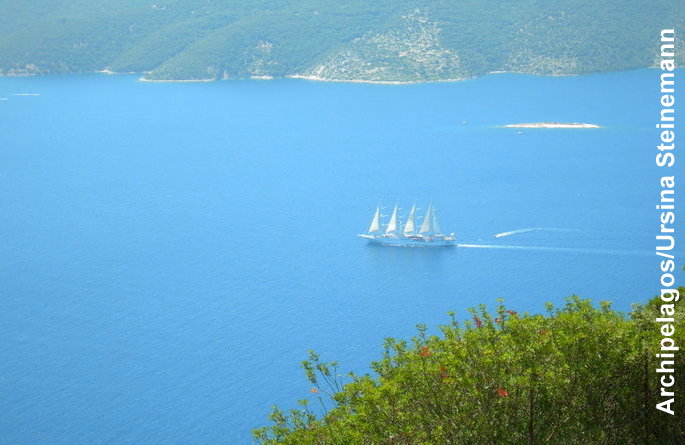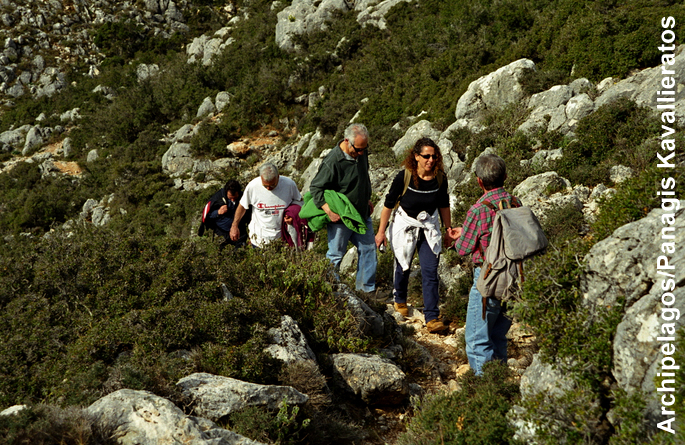The main consequences of mass tourism on the coastal natural environment where it is usually concentrated are more or less well-known: pollution, disturbance of endangered wild species through human activities and degradation or destruction of their habitats, as also degradation of protected habitats such as sand dunes and meadows of the Posidonia oceanica seagrass which is endemic to the Mediterranean (below).

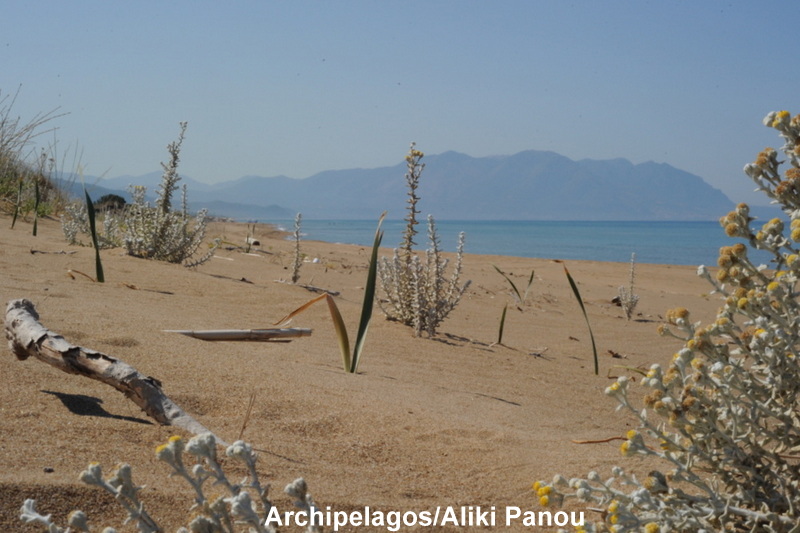
What we do:
In order to avoid such detrimental consequences in the central Ionian Sea, we have been promoting any form of sustainable tourism as an alternative source of income. Here some examples:
For the first time in the area, in 1993, we used questionnaires to record the value assigned by visitors to the unspoilt natural environment. The most commonly stated reason to return to Kefalonia island was its natural beauty (82%) while the degradation of the natural environment (70%) and over-development (61%) were the most commonly stated reasons tourists would stay away.
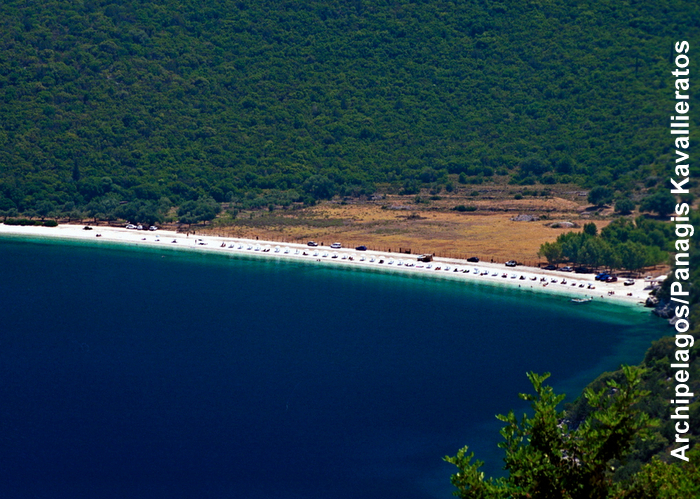
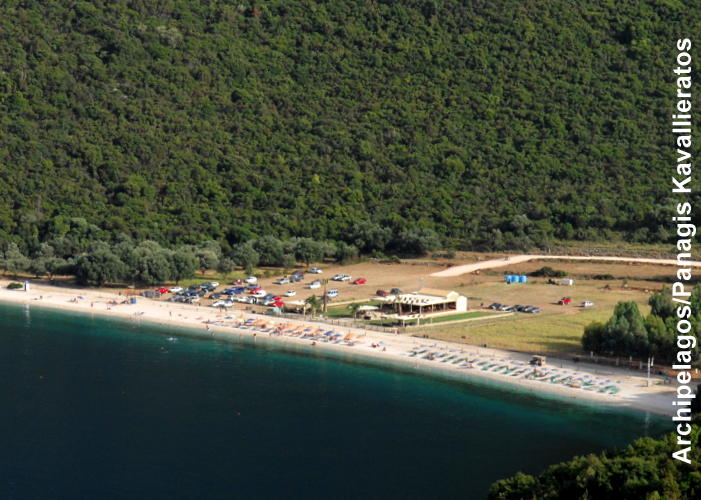
For the first time in the area, in 1994, we published two comprehensive self-guided walking trails for particularly beautiful and ecologically important areas of Kefalonia and Ithaca in three languages and distributed the brochures to conspicuous places. We handed over a considerable amount of brochures to the local authorities for distribution in the local tourism office and in international tourism exhibitions. We also promoted these trails in Greek and foreign tourist guides where they found a permanent place.

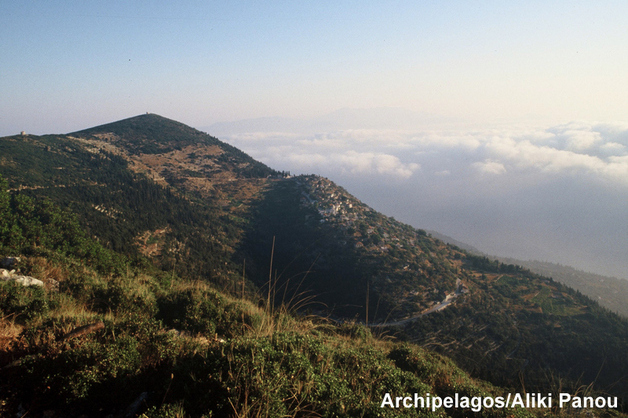

The area of Mt. Roussano
in North Ithaca
with the village of Exogi
in early morning.
The view towards the
southern part of the
Ithaca channel.
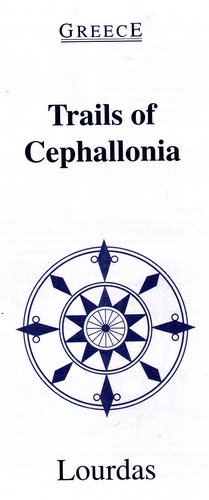
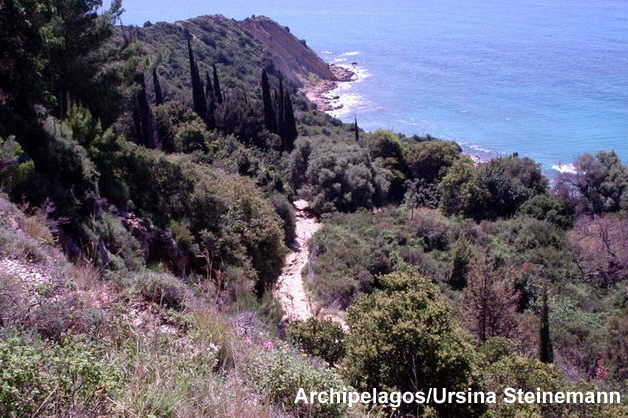

The area of Cape Klimatis,
close to the village
of Lourdas in
South Kefalonia.
The view towards the beach
of Lourdas and the adjacent
beach of Trapezaki.
After the success of our walking trails, in 1997, the (ex-) Prefecture funded a new issue of the guides.
Later, some (ex-)Municipalities incorporated this initiative and created new trails, often with our help and co-operation.
These facts demonstrate the great success of our trails!
(A) The Pastra
– Katelios
walking trail in
SE. Kefalonia
was created
with our help.


(B) The Sami walking
trail in E. Kefalonia
through the ruins
of the ancient
acropoles
was created
with our help.
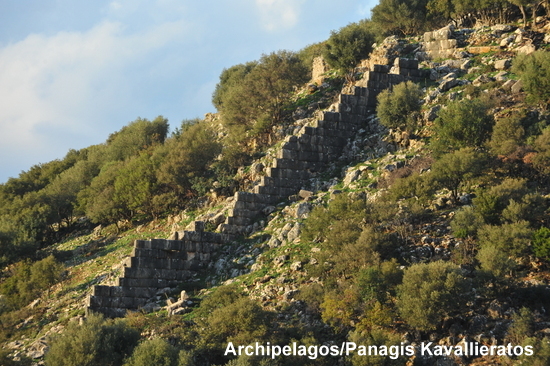

Ιn 2008, we published a guide in three languages about the natural resources in the area of Sami, Kefalonia. This contained detailed information on the specific geology of the area and on the natural environment in lakes, cave lakes and small rivers that are abundant in the region, the mountains and meadows with the National Park of Ainos-Roudi foremost as well as the rich marine environment.
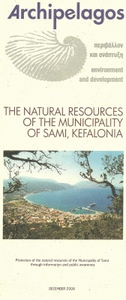
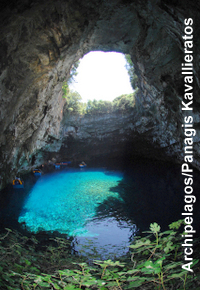
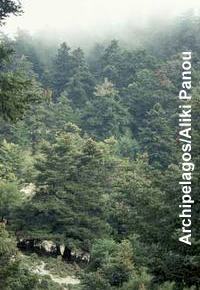
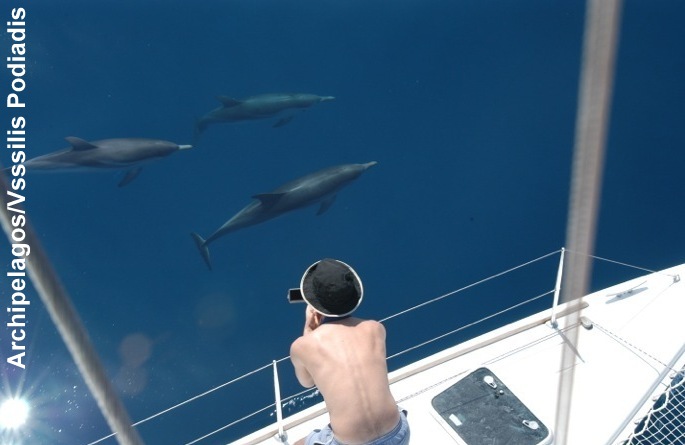
Finally, we always promote new walking trails to publishers of tourist guides abroad. And we promote new types of sustainable tourism which respect the environment, such as whale and dolphin watching that is now becoming very popular in the Ionian Sea.
